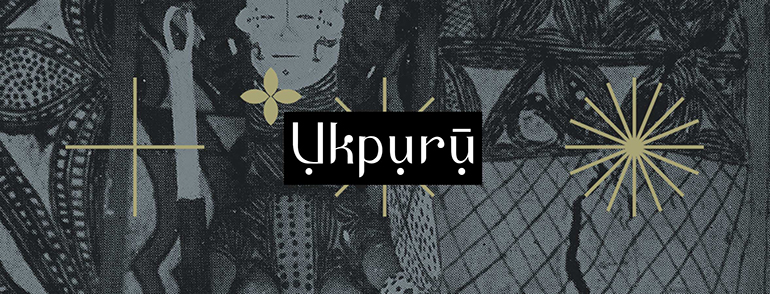 Photo: Twins with their mothers, Nigeria, ca.1920-1940, C.M.S. Bookshop, Lagos.
Photo: Twins with their mothers, Nigeria, ca.1920-1940, C.M.S. Bookshop, Lagos.
[…] multiple births (umu ejime) were considered by Igbo-speaking peoples an abomination (nso ani) […] "In the 1980s, however, I heard stories relating to grandmothers and great-grandmothers who, fearing they would bear twins, would “go to the farm” […] returning with a single child. I also heard that midwives […] would ensure, for a fee, [...] women were not embarrassed by bearing living twins. Wealthier women might thus have been able to avoid the stigma of […] twins[.]
– Misty L. Bastian (2001). "“The Demon Superstition”: Abominable Twins and Mission Culture in Onitsha History." Ethnology. pp. 18–19.
The killing of twins was common in a few societies around the world, it was also practiced in Medieval Europe.
In medieval Europe, it was believed a woman could not conceive twice (simultaneously), so twins could not be from the same father. A woman might abandon twins to protect her reputation (Shahar 1990: 122). Mothers are unable to sustain two infants, especially where both are likely to be underweight. As Gray (1994: 73) notes, "even today, with the availability of western medical services it is difficult to maintain twins."
– David F. Lancy (2015). "The Anthropology of Childhood." p. 94.
Twin killing has a ‘practical’ origin; in the pre-industrial past twins were a burden on the mother and the community, strained resources would’ve been put under more pressure, other factors like superstition kept the tradition, in some societies it was believed twins couldn’t be from one father.
The most common reason twins were killed in Granzberg's research was that the society had insufficient facilities to properly rear two children at once and still allow the mother the ability to fulfill her other responsibilities.' As Dickeman pointed out, the maternal workload was so great that raising two infants at the same time was not feasible.'
– Larry Stephen Milner (2000). "Hardness of Heart/hardness of Life: The Stain of Human Infanticide." p. 462.
In these societies, and in Igboland, twins were often not killed, sometimes one was kept or one or more were secretly fostered; in Ohafia folklore, many of the matriarchs were abandoned due to fears of twin birth. Many women did however suffer the full brunt of bearing twins.
Within the context of imperial interest, the killing of twins was evidently sensationalised for a purpose; reports taken back to Britain were carefully made to allay any anxieties the population may have had pertaining to the purpose of the British imperial mission, these news reports and journals and other published works also served to silence any anti-imperial voices among the British people.
See: The British in Ezza-Igbo country, present day Ebonyi State, 1905.Imperialism was presented as a moral altruistic mission, which included the stamping out of perceived barbarism among subjected peoples.
To give a clearer picture of the time period, as missionaries were combating twin killing in parts of southeastern, central, and southwestern Nigeria, infant mortality rates had only started to come down worldwide, surpassing 30% in areas. Infanticide was widespread even in Britain itself.
Infanticide persisted in western Europe during the Middle Ages; although in some cases it was defined as a crime, prosecutions were rare and penalties were mild. In the eighteenth and nineteenth centuries, it reached epidemic proportions in England and France: many dead infants were found in the sewers of Paris, and in England infants' corpses were found in streets, ditches, and parks and floating in the river Thames. Historians usually attribute this to oppressive social conditions—female domestic servants and factor), workers were often sexually exploited by their male employers and saw no option but to dispose of their illegitimate infants. England eventually addressed infanticide in 1922, when it passed the Infanticide Act; this was replaced by a new act in 1939 (Bourget and Labelle, 1992; Lyon, 1985).
– Margaret Abraham (2004). "Routledge International Encyclopedia of Women." Routledge. p. 1135.
In Igbo societies, children weren’t named until some time after birth, this probably originally had to do with infant mortality, which later would have been enshrined in the belief of a child becoming a full human member of the umunna (patrilineage) usually after two Igbo weeks (8 days) after which they can be circumcised and a naming ceremony could take place.

No comments:
Post a Comment